Mighty Muscles for Healthy Aging
After age 30, women can lose muscle mass by about 3% each year. Yikes! What to do?
As an NPR fanatic, I was surprised and honored when I recently got a phone call from Allison Aubrey about a story she was researching for Morning Edition on healthy aging. She had seen a study out of my lab looking at nutrition supplementation to prevent sarcopenia (muscle loss with aging) in women. She asked me some excellent questions about how to build strength to gain and maintain muscle mass. See below for a link to the recording, then read on for a recap of my recommendations.
How much protein do women need to build and maintain muscle mass?
A minimum of 0.8g/kg of body weight per day, up to 1.8g/kg as we train harder or get older (maybe even as high as 2.2g/kg if you’re really crushing it in the weight room).
This equates to about 1g per pound of body weight. And, honestly, it’s kind of a challenging amount to get in the day without some purposeful planning!
It doesn’t matter if you get your protein from animal or plant sources. In fact, plant sources may even be better for women. (I’ll share more on a recent study that examined this in an upcoming newsletter.)
What amounts of protein are you getting? How do you track it?
Can creatine improve women’s brain health?
As a supplement researcher, I’m often asked about creatine, which is typically taken for muscle building and body composition, but recently it’s become a popular supplement for overall physical and brain health, particularly in women. While I’ve never personally tried creatine, it is one of the most widely studied, safe and effective supplements on the market.
The recent data on creatine’s effects on women, particularly aging women, and brain health does have me intrigued. For women, specifically, the aging process introduces a spectrum of cognitive challenges manifesting as brain fog, fatigue, and memory deficits that often occur during perimenopause and menopause.


